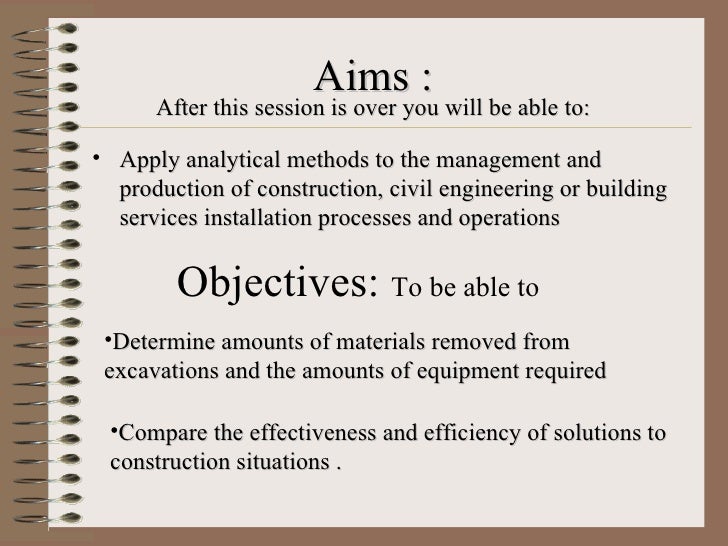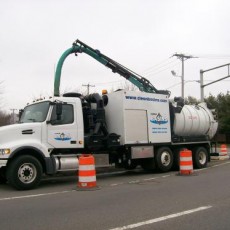The Best Strategy To Use For General Contractor
Wiki Article
The Buzz on Trencher
Table of ContentsNot known Factual Statements About Excavating Contractors The Definitive Guide for TrencherGetting My Trencher To WorkIndicators on Excavator You Should KnowIndicators on Grading Contractors You Need To Know


Scrapers or Pans dig deep into dirt in one area, haul and dump the soil in one more spot (excavator). It is difficult to match the effectiveness of scrapers for cut/fill soil operation if the haul distance is less then a mile. Scrapes are generally pulled by a rubber tire wheel tractor and are often pressed via the cut area by a bulldozer.
There are numerous times that scrapers are not used for site grading and also a dump vehicle is utilized: the haul may be to long, the haul may cross roads where scrapers are not permitted, acid rock may be run into, tools accessibility, and so on. Unload vehicles remain in common use and also possibly call for little discussion.
Numerous trucks have a top-hinged tailgate that can not dump any kind of rock bigger after that the tailgate width. "Rock body" beds, on the other hand, have no tailgates and also can discard any type of size rock, although their quantity capability is decreased. These internet links show equipment specifications for several usual dump vehicles. Compaction Devices increases the density of the dirt and sometimes offers a smooth, rolled surface area.
Not known Factual Statements About Excavation Companies
From a simple examination pit to percussion boring to core drilling the proprietor has increasingly more costly choices that produce progressively far better information about the site underground. The Proprietor on a 100,000 SF building task might license twenty dull locations with split spoon dirt samples taken until rock is gotten to and then core examples of rock.Knowing the type as well as quality of rock (from the core examples) as well as place of rock (from the soils boring) is a genuine advantage in jobsite preparation. Alternatively, the Owner of a 100,000 SF building may make a decision to proceed with no geotechnical testing whatsoever. The decision concerning geotechnical testing is normally made by an Owner with no input from the Building and construction Manager.
An understanding of the approximate area of the rock assists the Building Manager to plan the series of steps following rock excavation. If rock is in one corner of a large building project, for example, the planet excavation might begin at the contrary end of the building in order to start structure work soonest.
Beginning the structure work early would be a great idea if the rock might be gotten rid of by ripping. Nonetheless, if the rock is incredibly tough and requires significant blasting, it may be prudent to hold foundation job till the blasting is completed. The Building and construction Supervisor ought to work with these sorts of choices and utilize all the technological day available.
The Ultimate Guide To Mini Excavator
Unclassified excavation states that all rock or various other unexpected materials (excluding harmful products) come across in the sitework will be the responsibility of the Service provider at no adjustment in contract cost. An unidentified excavation is less complex from a book-keeping viewpoint as well as positions the duty for geotechnical conditions onto the Sitework Service provider.It's outstanding what a heavy rainfall can do to a building and construction project. Prior to the rainfall, the website might be completely dry, heavy tools efficiently moving earth, the various other trades smoothly performing their work.
In a lot of locations of the world, the Construction Supervisor have to remember a simple fact: IT WILL CERTAINLY RAINFALL. Great planning can decrease the damages and disruption of a heavy rainfall to a jobsite. Commonly the excavation as well as grading is left to the Sitework Professional (and also their Foremen is responsible to supervise and guide the hefty devices as well as operators).
The Building Supervisor should be continually conscious of what rain will do to the task site. It is not unusual for the Sitework Supervisor to work their hefty tools for optimal efficiency and wish it doesn't rain. One of the most effective methods to prepare for rain is to incline all qualities to drain pipes as well as to smooth rolled the surface area before a rainfall.
Indicators on Grading Contractors You Should Know
The Building and construction Supervisor need to be perceptive sufficient to guarantee that hefty rain does not stop work on the project longer than necessary. Daily discussions with Sitework Foremen might be needed to accomplish this objective. Whenever excavation is called for listed below the existing water table on a project, the procedure of dewatering have to be taken into consideration.In a truly cohesive dirt, the water takes a trip so gradually through the clay or silt that dewatering is not generally essential for the relatively short time of excavation. Dewatering might be needed for a solitary footing excavation or for an entire task website. The most common dewatering approaches are trench drains pipes, deep wells as well as well points.

Ground water seepage can also be reduced by cutoff approaches such as sheet stacking. The costs for dewatering can be astonishing, including equipment rental, labor and also power (or fuel). High dewatering prices have paled the earnings margins on far also lots of jobs. The numerous variables provided below make the job of estimating dewatering prices really challenging, website link as well as really inexact.
This option ought to always be thought about when analyzing the possibility of dewatering. Obviously the choice is just viable if gravity can run my sources the water to lower ground. Trench drains pipes can be cut with a backhoe and also full of a crude, granular material (# 4 rock for instance), yet care must be worked out in choosing the water electrical outlet type and also location.
All About Mini Excavator
A siphon, necessarily, utilizes air pressure to bring water from one altitude, up over a challenge, to a reduced elevation. The pipelines in a siphon system should be airtight and also some ingenuity is typically required to totally fill the siphon pipeline. The siphon pipeline need to be complete for the siphon to begin.A deep well includes a pump, pipe and an upright well casing. The pump intake is at the base of the well casing (generally some crushed rock is put there as a filter tool) (general contractor). The water is inflated the hose, out of the well case, and to an appropriate discharge area.
In a rugged sand, as an example, a huge area can be pumped to near the pump consumption altitude. A much less permeable soil, on the other hand, decreases the effectiveness of a deep well. Because the pump is usually at the bottom of the deep well, there are no elevation limitations as a result of vacuum lift, as well as deep wells can reduce the groundwater over 50 feet.
On the bottom of the wellpoint visit here there is a 2 foot long screen and shutoff, water jets out of this valve and produces a hole right into which the wellpoint pipe can be reduced. This hole is usually made a larger size (as an example 10 inches) to allow for a rugged sand backfill to assist filter the water (excavation companies).
Report this wiki page